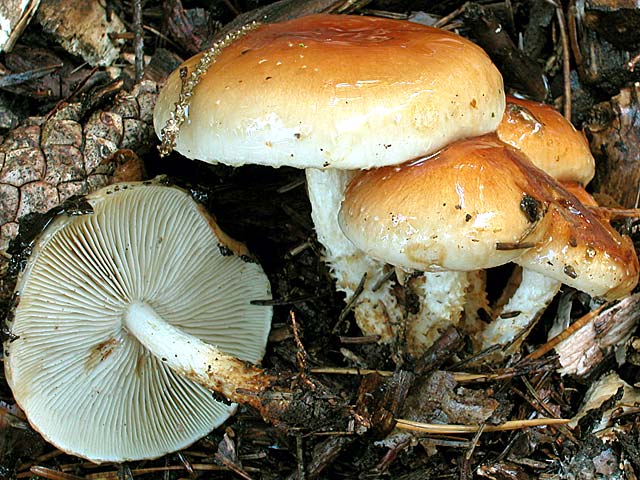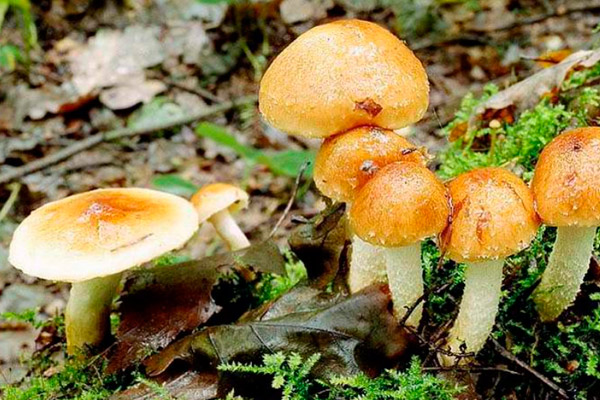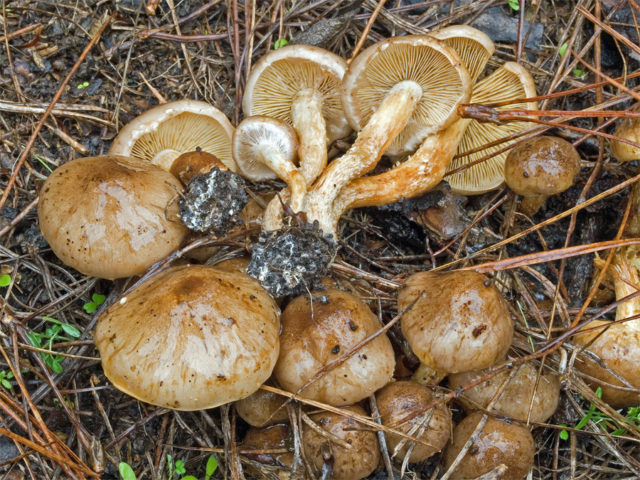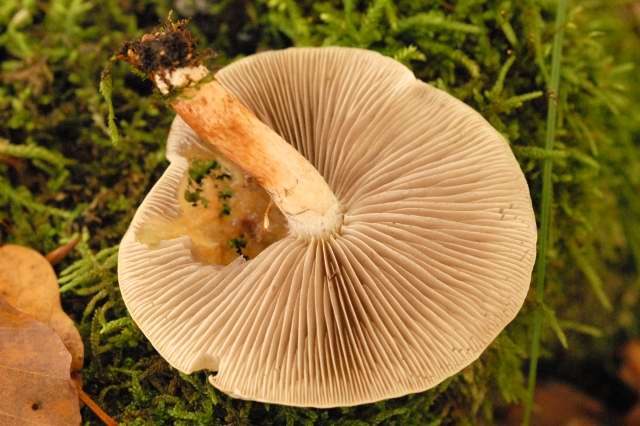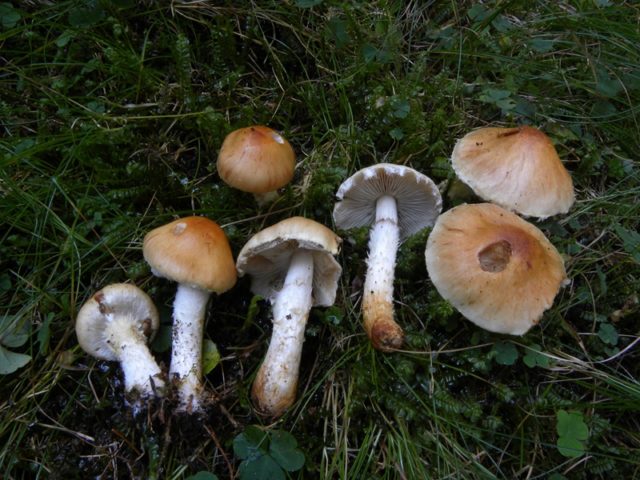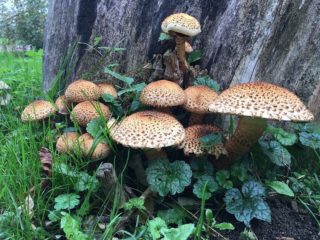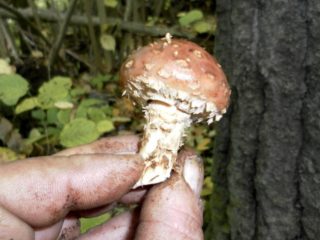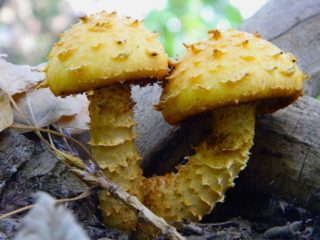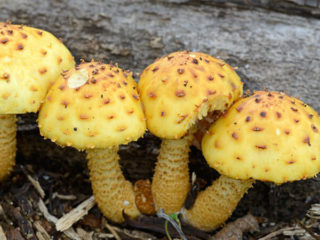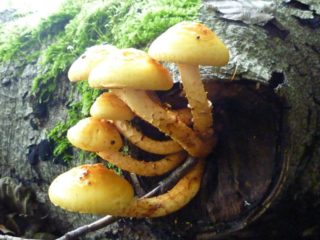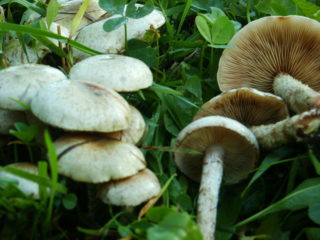Content
The fungus of the family of stropharia flakes is distributed throughout the country. There are many varieties of it: slimy scaly, fiery, golden and other types.
Mushrooms are considered conditionally edible, have beneficial properties used for treatment in traditional medicine. They grow in small families on stumps, roots and in the hollows of trees (most often birches and willows).
What does scaly mucosa look like?
Externally, the scaly mucosa is similar to honey agarics, it grows in the same groups. The avid mushroom pickers of our country most often neglect this species, mistaking it for a toadstool.
In eastern countries, flake is very popular, occupies a worthy place in cooking, is grown in artificially created conditions.
This mushroom is also called mucous champignon, flamulla, greenlandic fibrillas and flakes.
Description of the hat
In young specimens of flamulla, the mucous cap is bell-shaped with a closed edge. With growth, the cap becomes slightly concave and unfolded, reaching 50 - 100 mm in size.
The color of the cap is brown, more saturated in the center. It is covered with a matte skin, abundantly covered with scales. In damp weather, the skin becomes sticky. At the edges of the cap, you can find the remains of the blanket, washed away by the rain during the growth.
As it grows, the hat bottom is covered with weak yellow-green plates, occasionally covered with brown spots.
Leg description
The cylindrical hollow leg of a young mushroom is usually crooked, up to 10 cm high, and its diameter is no more than 10 mm. As it grows, the cavity of the leg is filled with cotton pulp.
There is a yellowish ring on the leg of a young scale, which quickly disappears. The edges of the ring are red in color, and under the ring itself there are many scales.
Is the mushroom edible or not
The mucous fiber is a conditionally edible mushroom. All parts of young specimens and caps of adult mushrooms are suitable for food. During processing, the legs become very hard and tasteless, and therefore are not used in cooking.
Despite the fact that mucous flakes lack a strong mushroom aroma, they are suitable for cooking main courses and pickling. Gourmets classify the flake variety as a delicacy. Before the main stages of cooking, the mushrooms must be boiled for a quarter of an hour. Drain the water. This is how they get rid of the inherent bitterness.
The healing properties of mucous scales
Currently, the types of flake fungi have not been fully studied. Scientific studies carried out in laboratory conditions on white mice have shown that in the fibrous mucosa there are substances that can stop the growth of tumor cells.
Where and how it grows
The localization and growth method of this type of mushroom is similar to the mushrooms, which are widely known to avid mushroom pickers. Scaly scales grow on rotten, rotten wood. It settles in small families, prefers coniferous and mixed forests with a temperate climate.
In Russia, it is widespread in Karelia, the Far East, in the forests of the Urals and Siberia. Fruiting begins in late August and lasts until the first frost.
Doubles and their differences
Due to the fact that flake is little known among mushroom pickers, it is often confused with other types:
- Honey mushrooms. In contrast to the fiberglass, honey agarics have a denser ring of the leg and the plate of the cap. The color is also excellent. Honey mushrooms are considered conditionally edible and are widely used in cooking;
- Blue-bore spiderwebs (dirty) - an inedible type of mushroom that grows on mosses in swampy areas. Cobwebs have a different color from flamull: ocher with bluish
shade or violet-blue color.
Conclusion
Despite the fact that slimy scales are little known, and few fans of mushroom hunting pay due attention to it, the mushroom has some advantages. With proper culinary processing, delicious dishes and blanks are obtained from it. Medicinal properties suggest that eating and as a medicinal raw material can benefit the body.
